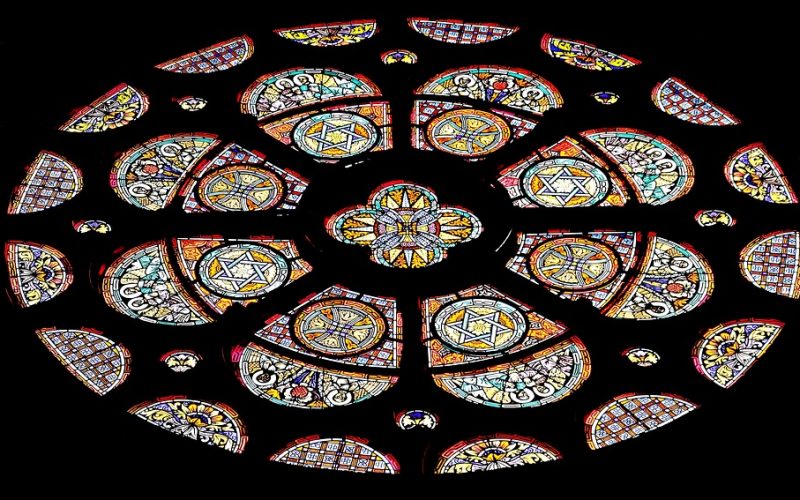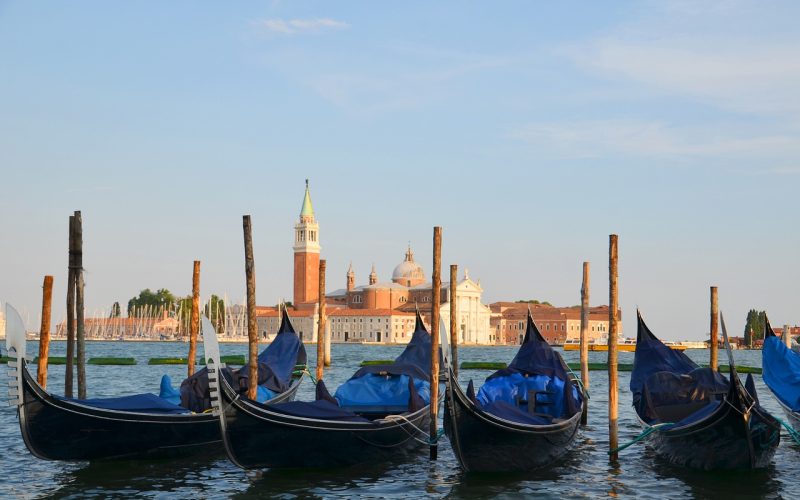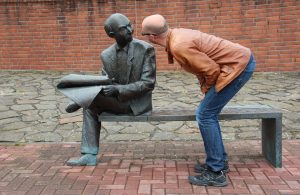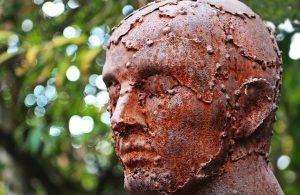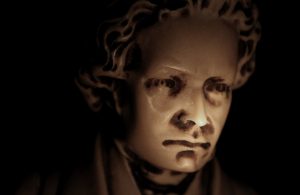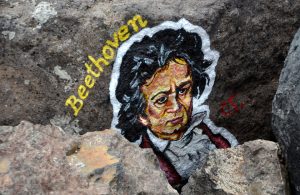During medieval times, the church in Europe was the main support for most artists. It also had vast control over the entire population. Works of art that did not support the ideals and tenets of the church were not allowed. The majority of the work was based on the Bible and all of it placed God or Jesus as the largest figure in paintings. The work of artists in the Renaissance period changed all this.
Linear perspective had been discovered in previous centuries, but the technique had been lost during the Dark Ages. A failed artist, who turned to architecture, is credited with rediscovering this important facet of painting. Filippo Brunelleschi was originally a sculptor who turned to architecture when that career failed. He is credited with introducing the concept in several paintings of Florence, Italy.
Perspective in a painting is important for the viewer. It allows the viewer to see people and objects in realistic sizes. Linear perspective had been discovered and began to be used during the time of the Renaissance. No longer were God and Jesus depicted as the largest figures in a painting. Perspective was used instead to draw the eye to them, but people in the foreground of the paintings were actually larger. This was a major innovation in the world of art and originally went against the teachings of the church. Because the eye was drawn toward one important figure, the church eventually approved this method of painting.
Modern art paintings continue to use linear perspective to depict people and places. The viewer is given a realistic look at how objects interact in real life. Artists are now expected to show the relative size based on perspective rather than the subject. The Last Supper by Leonardo Da Vinci is one example of the use of linear perspective in Renaissance Europe. Christ is in the center of the mural and the eye is drawn towards the center by the perspective. It does not exaggerate the size of Christ, but it does point to his importance in the mural.


